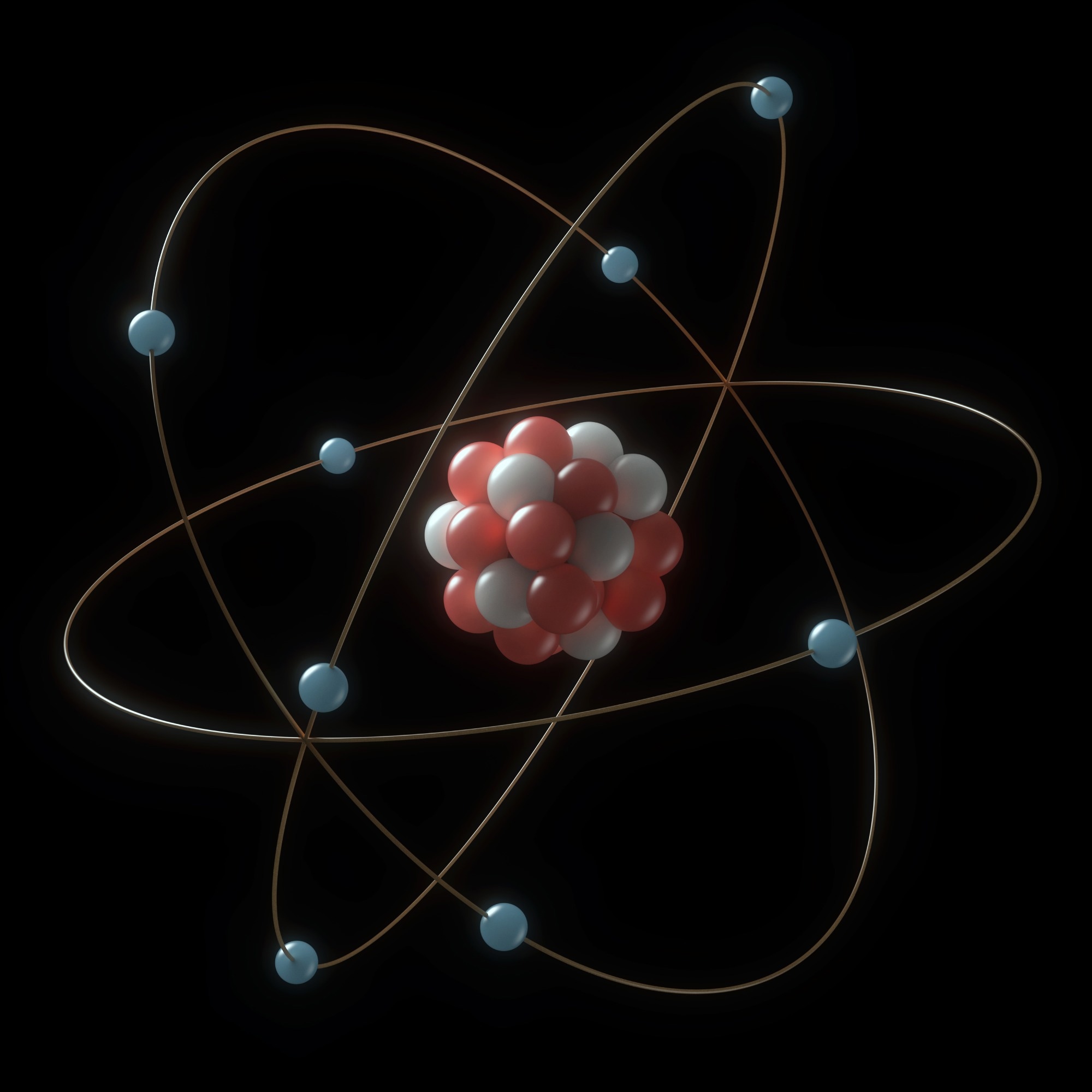In an article recently published in the journal Light: Science & Applications, researchers demonstrated chiral quantum cooling and heating using an optically controlled ion.
 Study: Chiral Quantum Dynamics Without Encircling Exceptional Points. Image Credit: ktsdesign/Shutterstock.com
Study: Chiral Quantum Dynamics Without Encircling Exceptional Points. Image Credit: ktsdesign/Shutterstock.com
Quantum Thermodynamics and Chirality
Quantum heat engines (QHEs) convert the thermal reservoirs' heat energy into useful work using quantum matter. These systems have been implemented in nanoscopic and microscopic systems, including spin ensembles and single trapped ions.
Quantum refrigerators (QRs) are realized by reversing the stroke sequence of QHEs. These systems have been achieved using trapped ions, quantum dots, and superconducting qubits. QHEs and QRs are open quantum systems and their dynamics are understood effectively using a non-Hermitian formalism.
Non-Hermitian dynamics in quantum and classical systems are gaining significant attention from the scientific community. The presence of exceptional points (EPs), which have no counterpart in closed quantum systems, is a key feature of non-Hermiticity. The EPs' location in a system's parameter space is calculated from the Hamiltonian of the system, which describes the open system's non-unitary coherent evolution. Such EPs are known as Hamiltonian EPs (HEPs).
Yet, HEPs do not portray an open quantum system's entire dynamics as they don't consider quantum jumps and the associated noise. Both the decoherence and the non-unitary evolution, hence the quantum jumps, can be described using Liouvillian formalism.
Thus, the system's EPs are redefined as the Liouvillian superoperators' eigenvalue degeneracy/ Liouvillian EPs (LEPs). Encircling a HEP dynamically in a parametric loop can lead to chiral state transfer owing to the non-adiabatic transitions induced by non-Hermiticity.
However, recent research has demonstrated that chiral behavior can also be observed without encircling an HEP. An LEP's eigenvalue landscape displays similar Riemann surfaces, resulting in non-trivial state transfer dynamics during the encirclement of the LEP.
The Study
In this study, researchers experimentally demonstrated chiral behavior within a qubit system without encircling LEPs. In classical systems, dynamical encirclement in the vicinity of an EP, whether the loop includes the EP or not, can lead to chiral mode conversion.
In this work, researchers investigated the validity of this concept for quantum systems when dynamical encircling is performed in the vicinity of their LEPs, which include the quantum jumps and associated noise effects, a crucial quantum feature absent in previous works.
They evaluated chiral quantum heating and refrigeration using a Paul-trapped ultracold ion by encircling a closed loop dynamically in the vicinity of an LEP.
Specifically, the parametric loop-induced chiral operation was shown in the vicinity of an LEP, without any encirclement of the LEP, in a single trapped ion's parameter space configured as a quantum engine for refrigeration and heating.
Thus, this work combined LEPs, quantum thermodynamics, and chiral state transfer owing to the adiabaticity breakdown, displaying that the Landau–Zener–Stückelberg (LZS) process and non-adiabaticity were crucial to chiral thermodynamic cycles.
Importance of this Work
Researchers successfully showed a single trapped-ion system's chiral behavior for the first time without dynamically encircling its LEP. The asymmetric mode conversion was directly related to the Riemann surfaces' topological landscape and not to the encircling of an LEP of this quantum system, which supported the earlier reports for classical systems.
Additionally, the cycling direction was associated with the chirality and heat release of the QHE/QR. Realizing chiral behavior without an LEP encirclement also reduced the parameter space required to steer the system.
Moreover, the physical mechanics of the chirality observed in this study due to the combination of the LZS phase and adiabaticity breakdown was distinct from the physical mechanics resulting from the spontaneous chiral symmetry breaking. The observed asymmetric mode conversion and chiral behavior strongly relied on the LEPs resulting from quantum jumps.
The above phenomena in the experimental system were inherently quantum as characterized by quantum jumps. In contrast, the experimental system without quantum jumps would return to HEPs, whose asymmetric mode conversion and chiral behavior have been predicted theoretically and observed experimentally using waveguides and fibers.
Thus, this work fully captured the quantum dynamics, including the quantum jumps and associated noises, as the asymmetric mode conversion and chiral behavior resulted from the LEP in place of HEP, which significantly extended the realization conditions of asymmetric mode conversion and chiral behavior and considerably reduced the experimental difficulties in quantum measurement and control.
To summarize, the findings of this study effectively contributed to the understanding of topological and chiral features in non-Hermitian systems and paved the way to explore the relation between quantum thermodynamics and chirality/bridging chirality and quantum thermodynamics. Additionally, this work connected the LZS process to chirality in association with LEP-related thermodynamic effects for the first time.
Journal Reference
Disclaimer: The views expressed here are those of the author expressed in their private capacity and do not necessarily represent the views of AZoM.com Limited T/A AZoNetwork the owner and operator of this website. This disclaimer forms part of the Terms and conditions of use of this website.